Some cats act like tiny, furry whirlwinds—dashing under beds, yowling at midnight, or hiding from the world at the faintest sound. If you’ve ever watched your feline friend leap at invisible threats or sulk in a corner, you know how heartbreaking it feels when your cat is anxious or overwhelmed. The good news? With patience, love, and a few simple changes, you can create a peaceful daily routine that helps your emotional cat feel safe and serene. Let’s uncover the secrets to soothing those sensitive whiskers and building a cozy haven your cat will adore.
Understanding Your Cat’s Triggers

Emotional cats are often set off by things their humans might not even notice—a doorbell, a sudden laugh, or a change in routine. Spend a few days quietly observing your cat. Notice what makes them twitch their tail, puff up, or run away. Is it loud noises? New people? The vacuum cleaner? Once you know their triggers, you can start to avoid or soften these moments. It’s like learning a friend’s quirks—when you know what bugs them, you can help them feel at ease. Understanding your cat’s stressors is the first step to building a calm environment.
Establishing Predictable Feeding Times
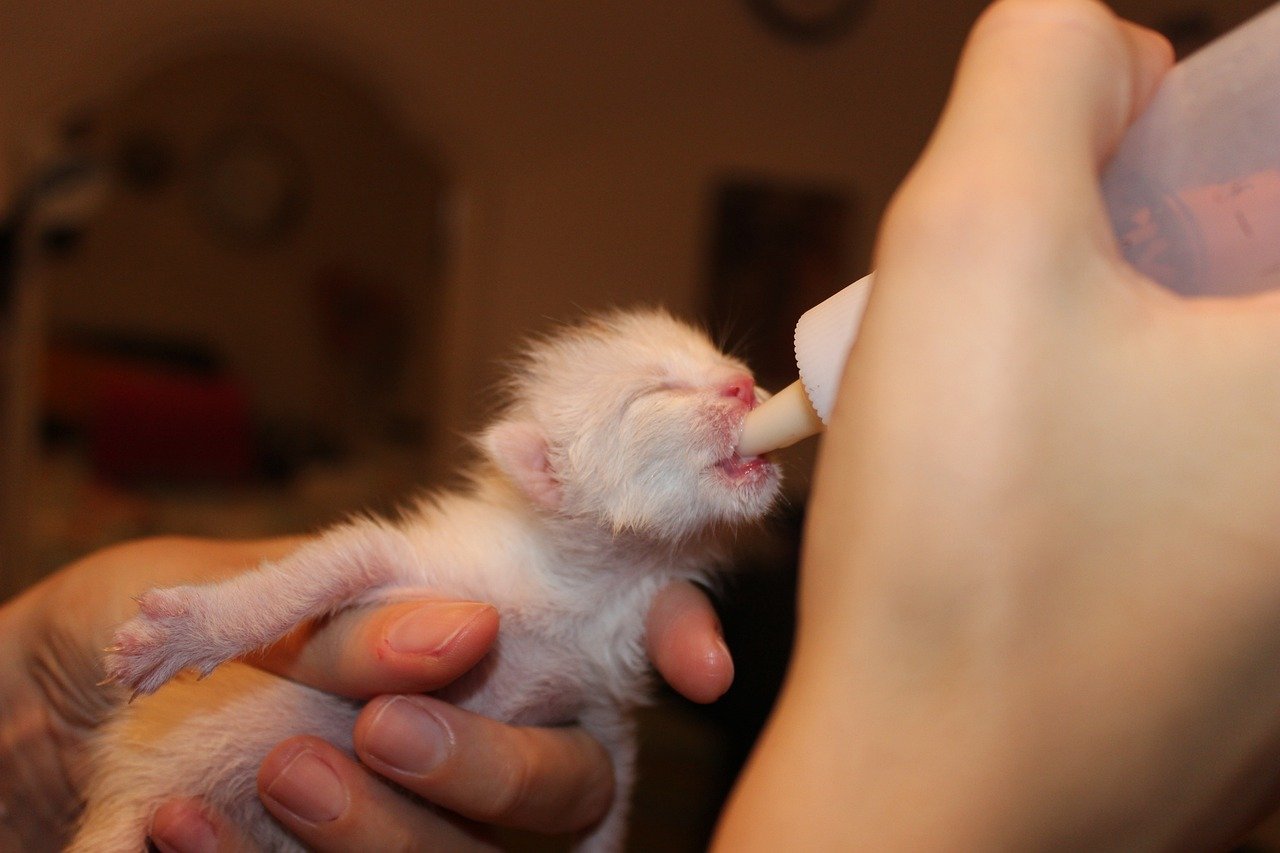
Cats are creatures of habit, and nothing soothes them like knowing when dinner is served. Set regular times for meals and stick to them as closely as possible. This predictability reassures your cat that their needs will be met, reducing anxiety. Use a gentle voice when calling them for food, and avoid making feeding time hectic or rushed. Consider placing their bowl in a quiet spot away from foot traffic. Routine around meals gives your cat a sense of control—a priceless gift for an emotional animal.
Creating a Safe and Quiet Space

Just like us, cats need a sanctuary—a spot to retreat when the world feels too big. Choose a cozy corner, a quiet room, or even a covered cat bed where your cat can hide away. Fill it with soft blankets, and maybe an item of your clothing that smells like you. Keep this area off-limits to other pets or children. Over time, your cat will start using this space to decompress whenever they’re overwhelmed, much like how we curl up with a good book after a long day.
Gentle Morning Greetings

How you start the day with your cat sets the tone for everything that follows. Instead of bursting into their space or picking them up right away, try speaking softly and letting them come to you. Sit quietly nearby and offer a slow blink—a cat’s way of saying “I trust you.” If your cat allows, a gentle stroke on the head can be reassuring. These calm, gentle mornings tell your cat that you respect their boundaries, helping them begin each day feeling secure.
Consistent Play Sessions
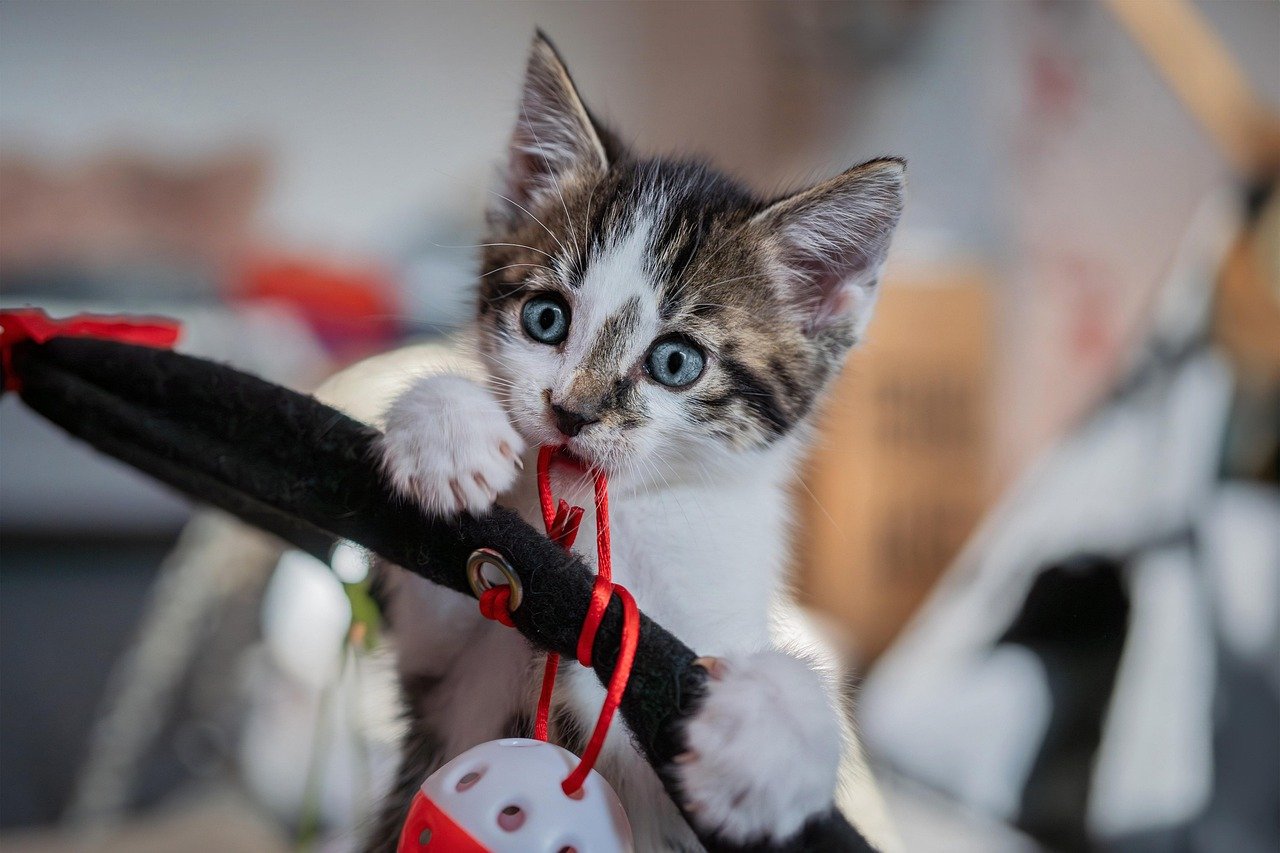
Play is more than fun for cats—it’s therapy. Schedule two or three short play sessions each day using toys your cat loves. Wand toys, feather teasers, or even crumpled paper can help burn off nervous energy. Stick to the same times if possible to build trust through routine. Keep the environment quiet and avoid sudden movements. These playful moments not only distract from stress but also strengthen the bond between you and your emotional companion.
Using Calming Scents and Sounds

A peaceful atmosphere can work wonders. Try plugging in a feline pheromone diffuser, which mimics the calming scents mother cats produce. Soft, classical music or nature sounds can also soothe a tense kitty. Avoid loud TV shows or blasting music near your cat’s favorite spot. Over time, your cat will associate these calming cues with relaxation, much like how some people unwind to the sound of rain or a favorite song.
Minimizing Sudden Changes

Emotional cats can be easily rattled by changes. If you need to move furniture, bring in a new pet, or even go on vacation, prepare your cat gently. Gradually introduce new things rather than making big changes all at once. For example, if you’re moving their litter box, shift it a few inches each day. Warn guests to use quiet voices and slow movements. Small steps make big transitions less scary for sensitive felines.
Mindful Handling and Touch

Not every cat craves cuddles, especially if they’re feeling emotional. Learn your cat’s body language—flattened ears, twitching tails, or wide eyes mean “give me space.” When you do need to pick them up, support their body and keep movements slow and gentle. Avoid petting areas your cat dislikes, like the belly or tail. Respecting your cat’s preferences tells them you’re a safe human, building trust day by day.
Scheduled Quiet Time Together

Sometimes, the best comfort is simply being together in peace. Set aside time each evening to sit quietly with your cat. You might read a book, meditate, or just watch the world go by from a window. Let your cat choose whether to snuggle up, sit nearby, or keep their distance. This shared stillness can work wonders, reassuring your cat that you’re there for them without any pressure.
Limiting Loud Activities at Home

Vacuuming, loud phone calls, or boisterous gatherings can overwhelm emotional cats. Try to schedule noisy chores when your cat is tucked safely in another room. If you’re hosting friends, set up your cat’s safe space ahead of time so they can escape the commotion. Consider using soft rugs or curtains to muffle sounds. By keeping the volume down, you help your cat feel like their home is a peaceful retreat.
Routine Grooming in Small Steps
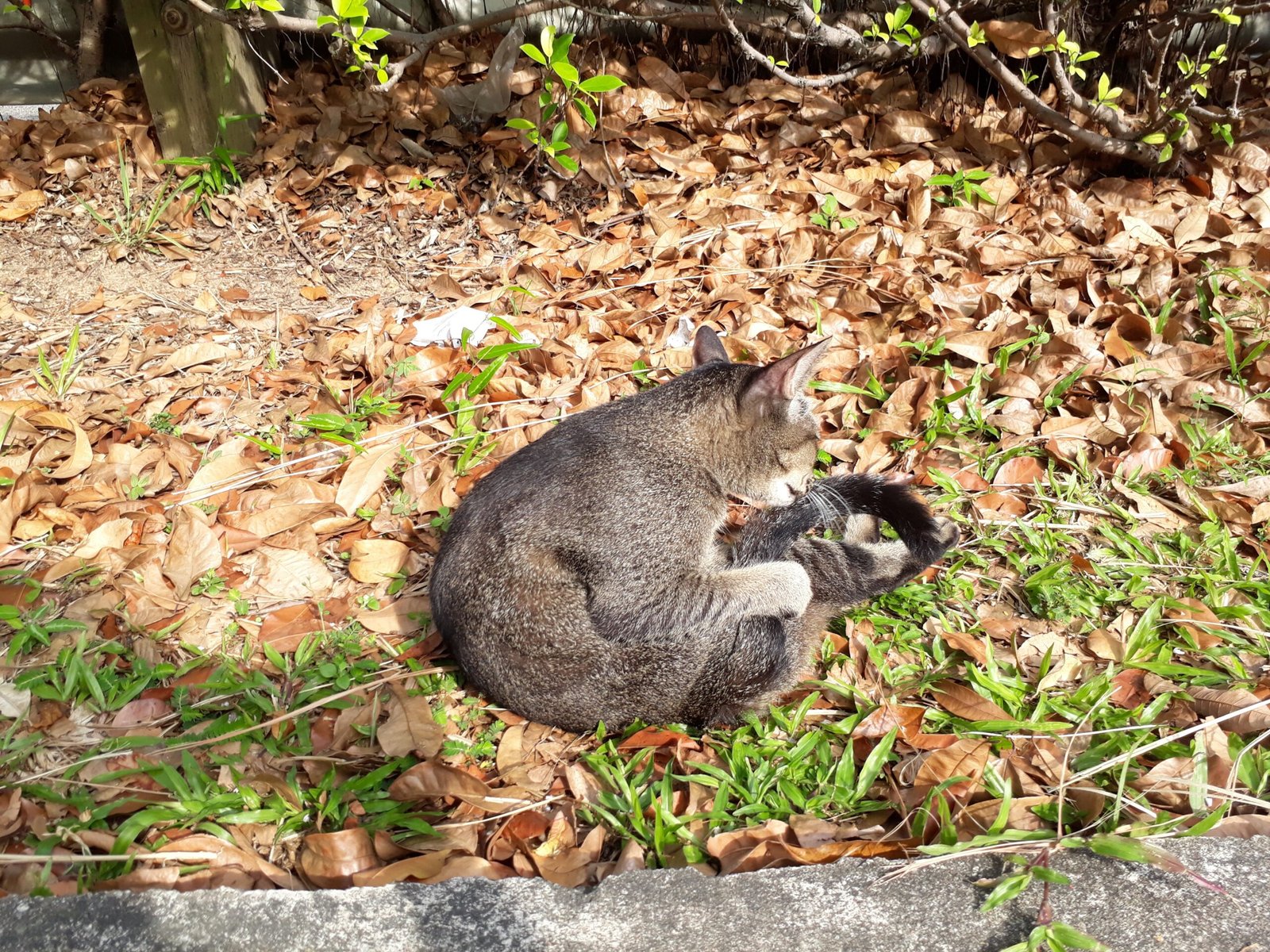
Grooming can be stressful for emotional cats, especially if it involves loud clippers or unfamiliar brushes. Break grooming into tiny, regular sessions—just a few strokes with a soft brush every day. Use treats and a calm voice to make grooming a positive experience. Never force the issue; if your cat wants to leave, let them go. Over time, these gentle moments can become a soothing part of your daily routine.
Providing Vertical Spaces

Cats love to climb, especially when they’re feeling anxious. Install shelves, cat trees, or window perches so your cat can observe their territory from above. These high spots give them a sense of safety and control. Place vertical spaces in quiet corners or near windows with a view. Watching the world from a safe height can help emotional cats feel less vulnerable.
Offering Hiding Spots Throughout the Home
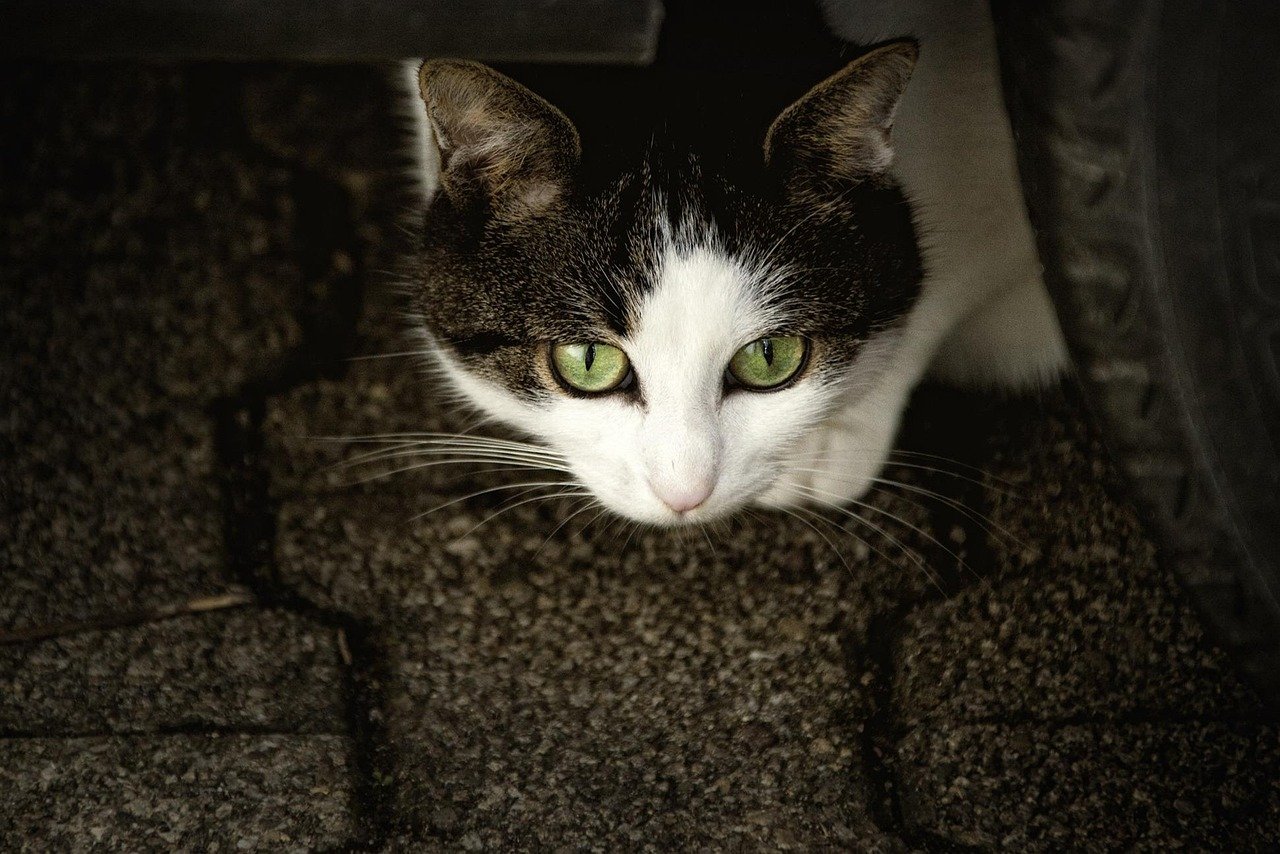
Give your cat plenty of places to hide—a cardboard box under the bed, a tent-like cat cave, or even a laundry basket lined with a blanket. These hideaways offer comfort during stressful moments. Make sure each hiding spot is quiet, cozy, and away from the hustle and bustle. Having options lets your cat choose where they feel most secure, especially when the world feels overwhelming.
Maintaining a Clean, Calm Litter Box Area

A dirty or noisy litter box can stress out even the calmest cat. Clean the box daily, and place it in a low-traffic, quiet spot. Avoid using strong-smelling cleaners or loud, automatic boxes. If you have more than one cat, ensure each has their own box. A calm and tidy litter box routine helps emotional cats feel safe doing their business, which in turn boosts overall confidence.
Slow Introductions to New People

Meeting new humans can send emotional cats into hiding. Ask guests to sit quietly and let your cat approach them in their own time. Offer treats and gentle voices, but never force interaction. If your cat chooses to observe from a distance, that’s okay. Over time, your cat may become more comfortable with visitors, but always let them set the pace.
Interactive Food Puzzles and Enrichment
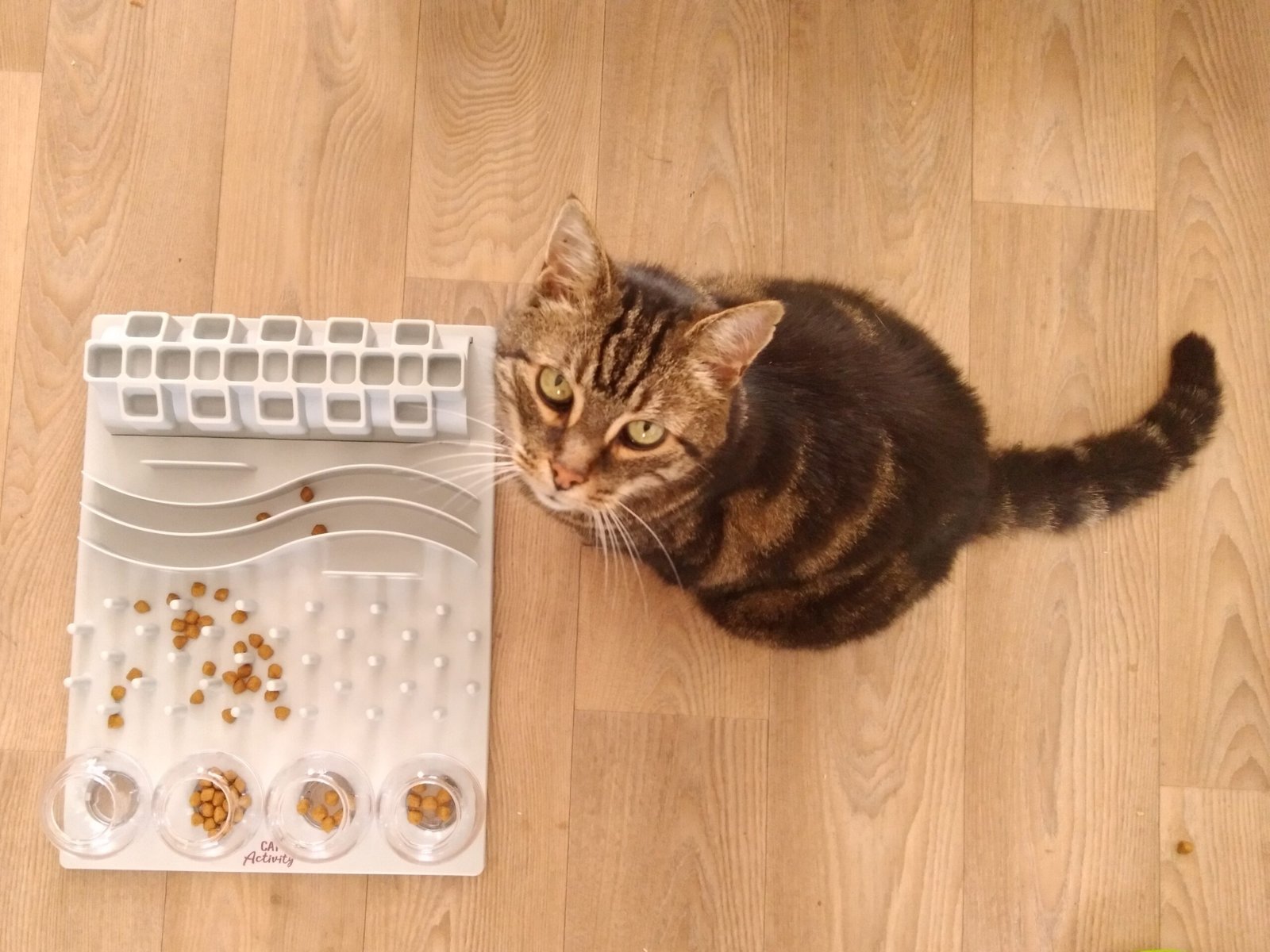
Mental stimulation is key for emotional cats. Try food puzzles or treat-dispensing toys that make your cat “hunt” for their snacks. These activities provide distraction, boost confidence, and burn off anxiety. Start with easy puzzles and gradually offer more challenging ones. Daily enrichment keeps your cat’s mind busy, making them less likely to dwell on worries.
Nighttime Routines for Better Sleep

Emotional cats may be restless at night, especially if the house is noisy or chaotic. Wind down each evening with a calm play session, followed by a small meal. Dim the lights and keep voices soft. Create a cozy sleeping area in a quiet part of the house. A predictable bedtime routine signals to your cat that it’s safe to relax and rest.
Respecting Alone Time

It can be tempting to hover over a nervous cat, but sometimes the best support is giving them space. If your cat retreats, let them be. Don’t coax them out or stare at their hiding spot. Instead, go about your routine quietly nearby. When your cat is ready, they’ll emerge on their own terms. Respecting alone time shows your cat that you trust and honor their boundaries.
Positive Reinforcement for Calm Behavior

Whenever your cat handles a stressful situation well—like greeting a guest or staying calm during a storm—reward them with treats, praise, or gentle petting. Positive reinforcement teaches your cat that good things happen when they’re brave. Avoid scolding or punishment, which only increases anxiety. Over time, your cat will associate calm behavior with comfort and rewards.
Observing and Adapting to Your Cat’s Needs

No two cats are alike. Watch for subtle changes in behavior—maybe your cat needs more play, or perhaps they’re craving extra solitude. Be flexible and willing to adjust the routine as needed. Your cat’s comfort is the top priority, and sometimes that means trying new things until you find what works. The more you tune in to your cat’s emotional needs, the deeper your bond will grow.
Celebrating Small Victories

Progress with emotional cats can be slow, but every small win matters. Maybe your cat finally stayed in the same room while you vacuumed, or didn’t bolt when a friend visited. Celebrate these moments with a treat, a smile, or an extra minute of play. Building a quiet daily routine is a journey—one filled with patience, laughter, and love. Isn’t it amazing how a few gentle habits can turn your home into a true feline sanctuary?
Hi, I’m Bola, a passionate writer and creative strategist with a knack for crafting compelling content that educates, inspires, and connects. Over the years, I’ve honed my skills across various writing fields, including content creation, copywriting, online course development, and video scriptwriting.
When I’m not at my desk, you’ll find me exploring new ideas, reading books, or brainstorming creative ways to solve challenges. I believe that words have the power to transform, and I’m here to help you leverage that power for success.
Thanks for stopping by, Keep coming to this website to checkout new articles form me. You’d always love it!






